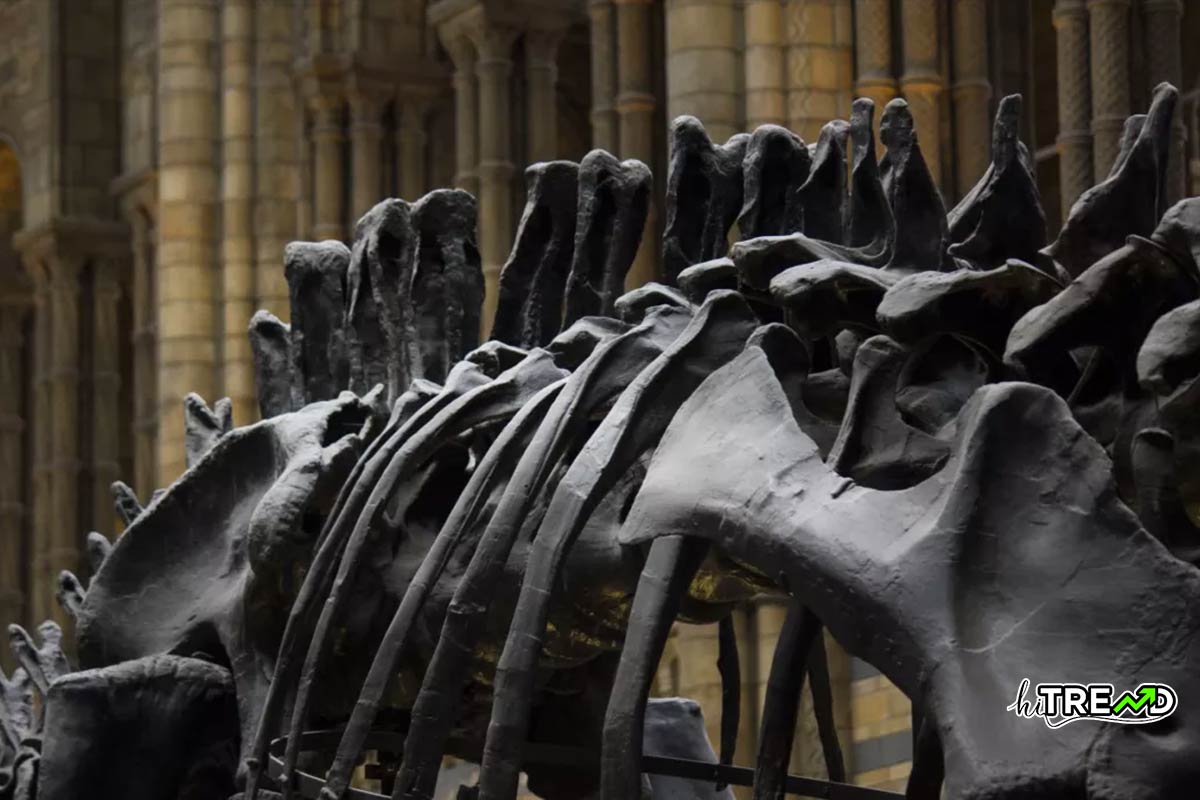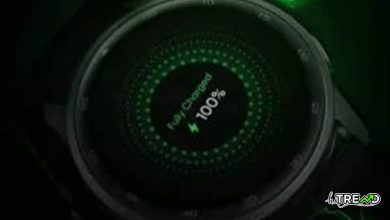Scientists learn more about the asteroid impact that killed the dinosaurs

In brief: A massive impact is the most commonly accepted theory on what caused the extinction of non-avian dinosaurs 66 million years ago. Scientists continue to uncover more evidence supporting the hypothesis despite the emergence of other theories. Recent findings have led researchers to speculate on the impactor’s composition and origins. Scientists learn more about the asteroid impact that killed the dinosaurs
A recently published study has shed more light on the cataclysm that ended the dinosaur era. Data from the research can also help scientists learn more about other objects that collide with the Earth and where they come from.
You can read more Technology articles
Measurements of ruthenium isotopes in sediment from the time of the extinction suggest that the planet was hit by an asteroid mostly made of carbon. Furthermore, the asteroid likely formed beyond Jupiter’s orbit, in the solar system’s outer regions.
These findings likely debunk an alternative theory that emerged three years ago speculating that a shard of a comet, primarily composed of ice, was behind the impact. The accompanying paper proposed that Jupiter’s gravity tugged a comet out of the Oort cloud – a sparse region of small objects at the solar system’s outer edge – which the sun ripped to pieces, hurling one toward Earth.
The new study reasserts the asteroid theory, but the researchers didn’t stop there. They also analyzed material from several other impacts occurring at various points in the Earth’s geologic history, some from the earliest parts over three billion years ago.
Readings from the oldest asteroids, which landed when the Earth was still forming, indicate a similar composition and origin to the dinosaur-killing rock. However, the younger asteroids are silicaceous, and probably formed in the inner solar system, closer to the Earth and the sun.

Scientists Walter and Luis Alvarez proposed the impact theory in the early 1980s, eventually linking it to a 112-mile-wide crater near Chicxulub in southern Mexico’s Yucatan peninsula. Soil layers from across the earth exhibiting abrupt appearances of exotic elements also indicate a record of a sudden cataclysmic event marking the boundary between the Cretaceous and Paleogene eras.Scientists learn more about the asteroid impact that killed the dinosaurs
Scientists learn more about the asteroid impact that killed the dinosaurs and sparked global dust storms that blocked the sun for months or years, killing green plants worldwide. The impact caused the extinction of over 70 percent of life on Earth, including all dinosaurs except the ones that evolved into modern birds.
Follow HiTrend on X





